Table of Contents
What is Sustainable Development?
Sustainable Development may be defined as the successful management of resources for development to satisfy, the changing human needs while maintaining or enhancing the ability of environment and conserving natural resources.
The World Commission on Environment and Development Brundtland Commission, 1987 defines sustainable development as, the development that meets the needs of the present without compromising the ability of future generations to meet their own needs.
Sustainability of a system depends largely upon the carrying capacity of the system. If the carrying capacity of a system is crossed (i.e. by overexploitation of a resource), environmental degradation starts and continues till it reaches a point of no return.
Carrying capacity has two basic components:
- Supporting Capacity i.e. the capacity to regenerate.
- Assimilative Capacity i.e. the capacity to tolerate different stresses.
The issue of Sustainable Development was discussed in detail for the first time at international level in the UN conference on “Environment and Development” held at Rio de Janeiro (Brazil) in 1992. The Rio conference is popularly known as “The Earth Summit“. The Rio Declaration aims at “a new and equitable global partnership through the creation of new levels of cooperation among states”. Out of its five significant agreements, Agenda-21 proposes a global programme of action on sustainable development in social, economic and political context for the 21st century.
Aspects of Sustainable Development:
Inter-generational Equity:
This emphasizes that we should minimize any adverse impacts on resources and environment for future generations i.e. we should hand over a safe, healthy and resourceful environment to our future generations. This can be possible only if we stop over-exploitation of resources, reduce waste discharge and emissions and maintain ecological balance.
Intra-generational Equity:
This emphasizes that the development processes should seek to minimize the wealth gaps within and between nations. The Human Development Report of the United Nations (2001) emphasizes that the benefits of technology should seek to achieve the goals of intra-generational equity. The technology should address the problems of the developing countries, producing drought-tolerant varieties for uncertain climates, vaccines for infectious diseases, clean fuels for domestic and industrial use. This type of technological development will support the economic growth of poor countries and help in narrowing the wealth gap and lead to sustainability.
Strategies For Sustainable Development:
The Strategies suggested for Sustainable Development are as follows-
- To use locally adaptable, eco-friendly and resource-efficient technology, which will use fewer resources and produce minimum wastes.
- Reduce, Reuse, Recycle approach: The 3-R approach advocating minimization of resource use, using them again and again instead of passing it on to the waste stream and recycling the materials goes a long way in achieving the goals of sustainability. It reduces pressure on our resources as well as reduces waste generation and pollution.
- Prompting environmental education and awareness: Making environmental education the centre of all learning process will greatly help in changing the thinking and attitude of people towards our earth and the environment. Introducing the subject right from the school stage will inculcate a feeling of belongingness to earth in the small children. ‘Earth thinking’ will gradually get incorporated in our thinking and action which will greatly help in transforming our lifestyles to sustainable ones.
- To utilize resources as per carrying capacity of the environment i.e. consumption of resources should not exceed their regeneration and changes should not be allowed to occur beyond the tolerance capacity of the environment.
Other Measures:
- Population Control- Sustainable human population in each area should be estimated and growth should be limited to the desirable level.
- Integrated Land Use Planning- Relative priorities among different land uses like agriculture, forestry, fodder cultivation, urban and industrial growths, traffic etc., should be planned and managed judiciously.
- Water Resource Management- River flooding and meandering, silting up of natural and man-made reservoirs, overexploitation of groundwater, water logging by over-irrigation and poor drainage and pollution of the water bodies are some of the consequences of poor water resource management. Sustained development implies optimum management of water resources locally and globally.
- Reduced Consumption- Values of life should be shifted to honour lesser consumption and simpler lifestyles. Mental development should gain more respect than material pomp.
- Biosphere Conservation- Man’s activities or callousness result in the destruction of species. Thousands of plant and animal species are endangered today with threats of extinction due to pollution, destruction of habitat, commercial exploitation, pampering monocultures etc. To ensure ecological stability, species diversity is essential. Sustained development includes biosphere conservation.
- Ecosystem
- Ecological Pyramids and its Types
- Ecological Succession or Biotic Succession
- Important Biogeochemical Cycles
- Disaster Management
- Soil Erosion & Soil Conservation Measures
- Desertification- Effects & Remedies
- Wetland- Types & Importance
- Air Pollution- Causes, Effects, and Control Measures
- Water Pollution- Causes, Effects, and Control Measures
- Solid Waste Management
- Biodiversity Conservation– NIOS
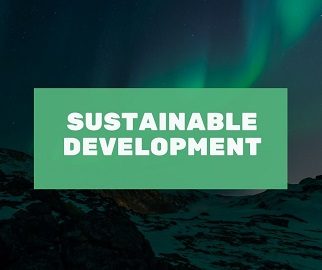
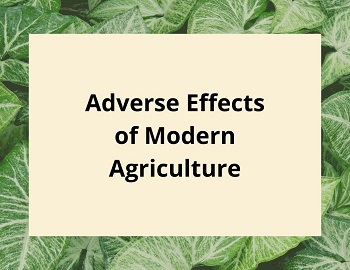
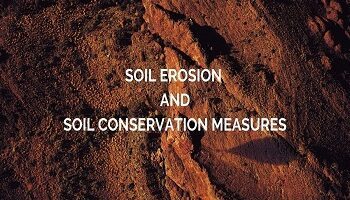
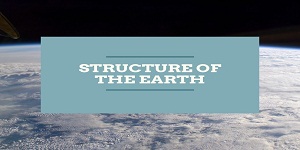

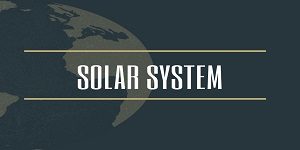
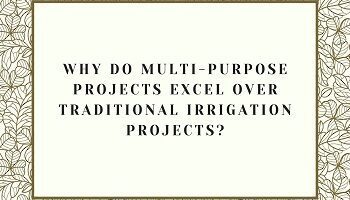
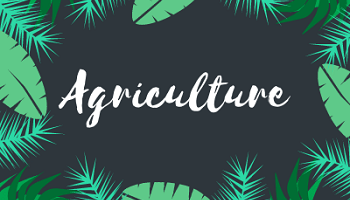
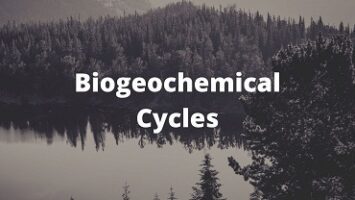
Comments (No)